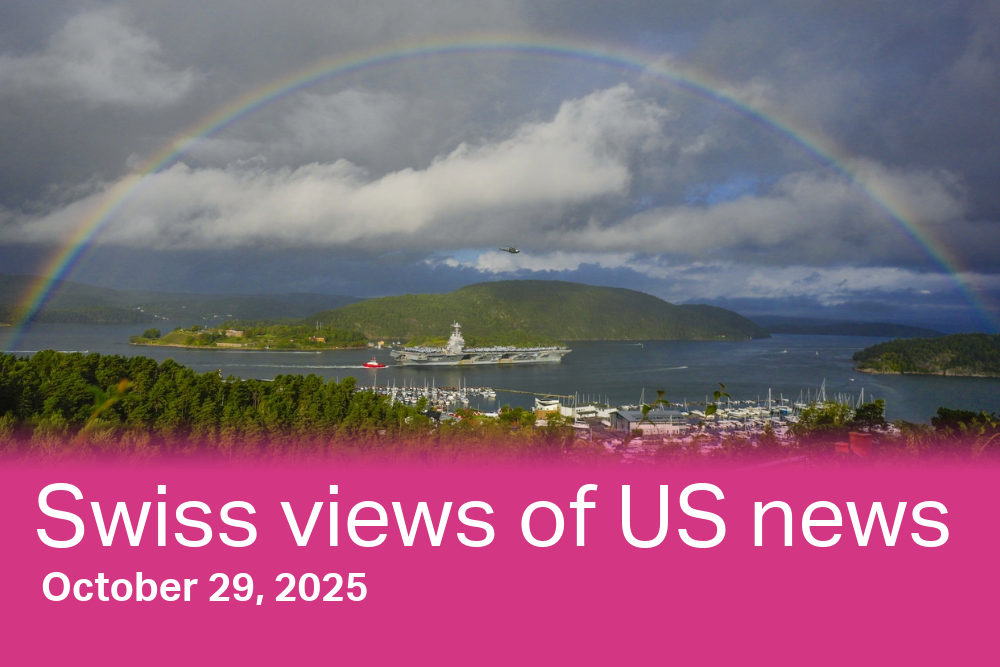
Europe’s most important waterway returning to health

The river Rhine was once one of Europe's environmental black spots. Heavy industry, hydro-electric dams, and excessive freight traffic combined to destroy much of the eco-system. But anti-pollution measures have since done much to return the river to health.
The Rhine is western Europe’s most important waterway. It rises in the Alps, and passes through Switzerland, France, Germany and the Netherlands before flowing into the North sea.
The river is 1,320 kilometres long, and, because it is navigable from Basel to Rotterdam, it serves as a highway for Europe’s freight.
But the Rhine was also once one of Europe’s environmental black spots. A combination of heavy industry along the river, hydro-electric dams and freight boats which caused excess traffic, meant that much of the river’s eco-system was destroyed. Fish and plant life disappeared, and it was considered unhealthy to swim in the Rhine.
Nowhere was the damage more apparent than in Basel. The city is famous for its chemical and pharmaceutical industries, and while these businesses brought economic success to Basel, they also discharged dangerous waste into the river.
Basel had no water purification plant until the 1960s, so even waste from private houses flowed directly into the river.
Local people like lawyer Martin Hug, who has been rowing on the Rhine for three decades, remembers how dirty the river could be.
“When I first started rowing, you could see coloured dye and chemicals flowing down the river from the big industries upstream. We used to day ‘Oh, it must be Thursday because today the river smells like this, or it’s Friday because it smells like that’.”
Nowadays, says Hug, the river is much cleaner. “Things are much better. When we row in the summer we always jump in the river afterwards and it’s great; the water is very clean.”
So how has this improvement been achieved? Warning bells were first sounded about the state of the Rhine in the 19th century, when local fishermen found that some breeds of fish were dying out.
By the end of the Second World War the salmon had disappeared altogether, and many communities living around the Rhine became convinced that something had to be done to rescue the river.
The solution was the formation of the International Commission for the Protection of the Rhine in 1950. The Commission was born, appropriately enough, in Basel. In 1963, the countries through which the Rhine flows signed a convention to protect the river. This set ambitious goals for reducing pollution, and efforts were made to get the factories on the river’s banks to cut their waste emissions.
In 1986 an environmental catastrophe provided further impetus to clean up the river. On November 1, a fire broke out in Basel’s Schweizerhalle, and toxic chemicals from the Sandoz plant leaked into the Rhine. Thousands of fish died, and some species, such as the eel, were wiped out.
Manfred Beubler, head of water quality at Basel’s department of energy and the environment, agrees that the Schweizerhalle served as a wake up call for all those who had ties with the river.
“Schweizerhalle affected the Rhine very badly of course,” says Beubler. “But in a way it was lucky for those of us who wanted to clean up the river.
“Everyone was shaken up by what happened and a lot of time and money was invested in environmental programmes. People realised that it could be the death of the Rhine if nothing was done.”
Today Beubler’s office runs a water quality monitoring station which checks water from the Rhine almost continuously. It is a joint Swiss German project, and the station itself is just over the border in Germany. The station’s director, Vera Hubert, says she can keep a very close eye on what the industries are pumping into the river.
“We take water every six minutes from five different points along the Rhine,” explains Hubert. “We have to take it so often because the river current is so strong, and we want to be sure we don’t miss anything.”
The monitoring station checks the water for dozens of different chemical elements and compounds, and Hubert is confident that her work makes it difficult for the chemical industries to put anything into the Rhine that should not be there.
“There are a lot of very strict international laws now about what can be discharged into the Rhine,” says Hubert. “And all the industries know that if they do something illegal, we will find them out. In fact they normally telephone us now if something does go wrong; they know they can’t hide anything.”
In addition to the strict regulations governing industry, private houses in and around Basel are now connected to a water purification system, so domestic waste no longer flows directly into the river.
“I think the quality of the Rhine water around Basel is really very good,” says Hubert. “Of course it’s not perfect – a river flowing through a highly industrialised area can’t possibly be perfect – but I’m astonished at how good it is. You can swim in it safely, and fish are coming back.”
The return of fish to the Rhine is the best indication that the water quality has improved. Every morning Claude Wissol, who is Basel’s cantonal fish inspector, checks a fish cage near one of the river’s dams. The fish come into the cage before swimming up a fish ladder to get further upstream. Recently, the numbers of fish he finds are increasing.
“We’re really delighted that so many fish are coming back,” says Wissol. “It shows that the water is good. Since the Schweizerhalle disaster the Rhine has become really clean again, and now we have 37 different varieties of fish in the river.”
Wissol dreams of adding another species to the Rhine though – the salmon. The International Commission for the Protection of the Rhine has a programme aimed at reintroducing the species to the river, and just over the border from Basel in France, 150,000 salmon are being bred at a fish farm first built by Napoleon the Third, who loved to eat salmon.
The young salmon will be returned to the Rhine over the summer. Around 50 per cent will probably be eaten by larger fish, and others will get caught up in the turbines of the power stations, but some will make it all the way to the North sea. In three years’ time, it is hoped, a few will return to the upper Rhine for spawning.
But the salmon can’t get all the way to Basel yet because the last in a series of fish ladders through hydro-electric dams has still to be built. But Basel fisherman Peter Buchmüller is looking forward to the day when he can go salmon fishing on the Rhine.
“I’m confident they will make it,” says Buchmüller. “And we are ready for them. The Rhine is a very clean river now, and I’m sure the salmon will do well when they return.”
For fish inspector, Claude Wissol, the return of the salmon will be a cause for celebration. “It will be a great day for Basel when we see the first salmon here after all these years,” says Wissol. “We’ll have a festival in the city… a salmon festival.”
But the authorities in charge of improving the Rhine say they can’t afford to be complacent about the river.
“We still have a lot of work to do,” says Manfred Beubler. “I wouldn’t call the river perfect… The Rhine looked very different 500 years ago, but we’ve made huge improvements.
“We can swim in it, we even put Rhine water in the drinking water supply without having to do too much to it… What we still have to do is to improve the natural structures of the river. We need clear passages for migrating fish, but all in all I think we can be very proud of what has been achieved on the Rhine.
by Imogen Foulkes

In compliance with the JTI standards
More: SWI swissinfo.ch certified by the Journalism Trust Initiative
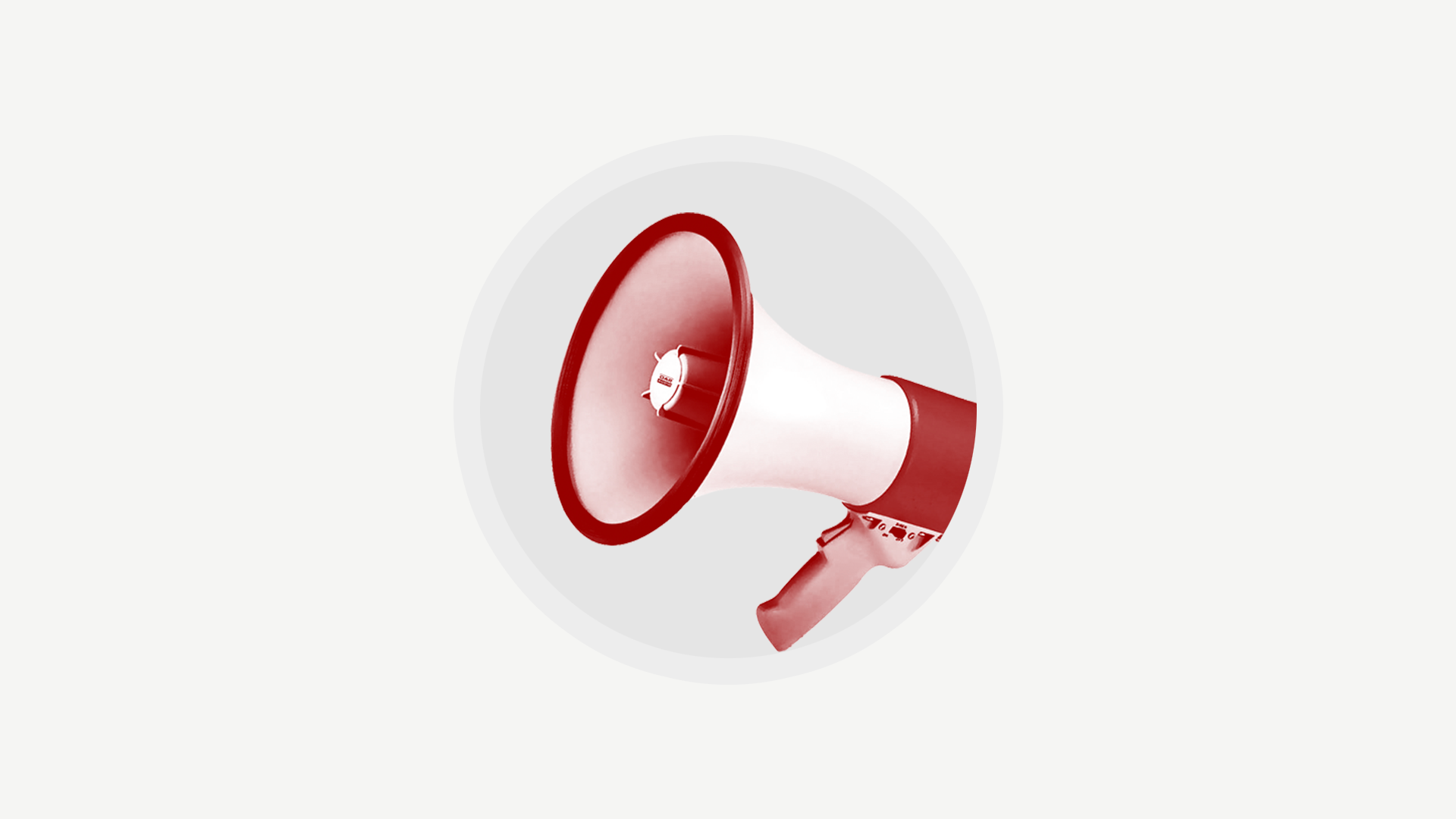











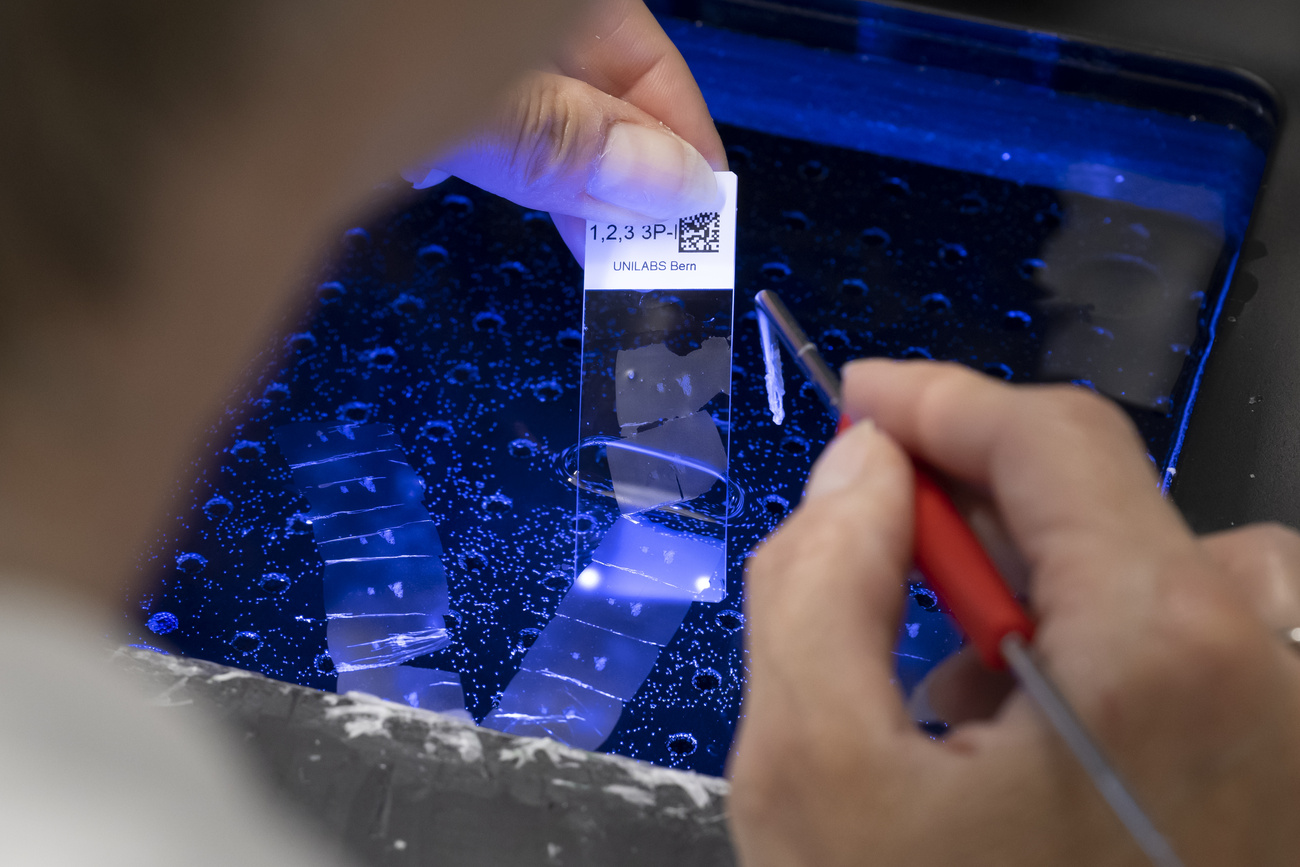


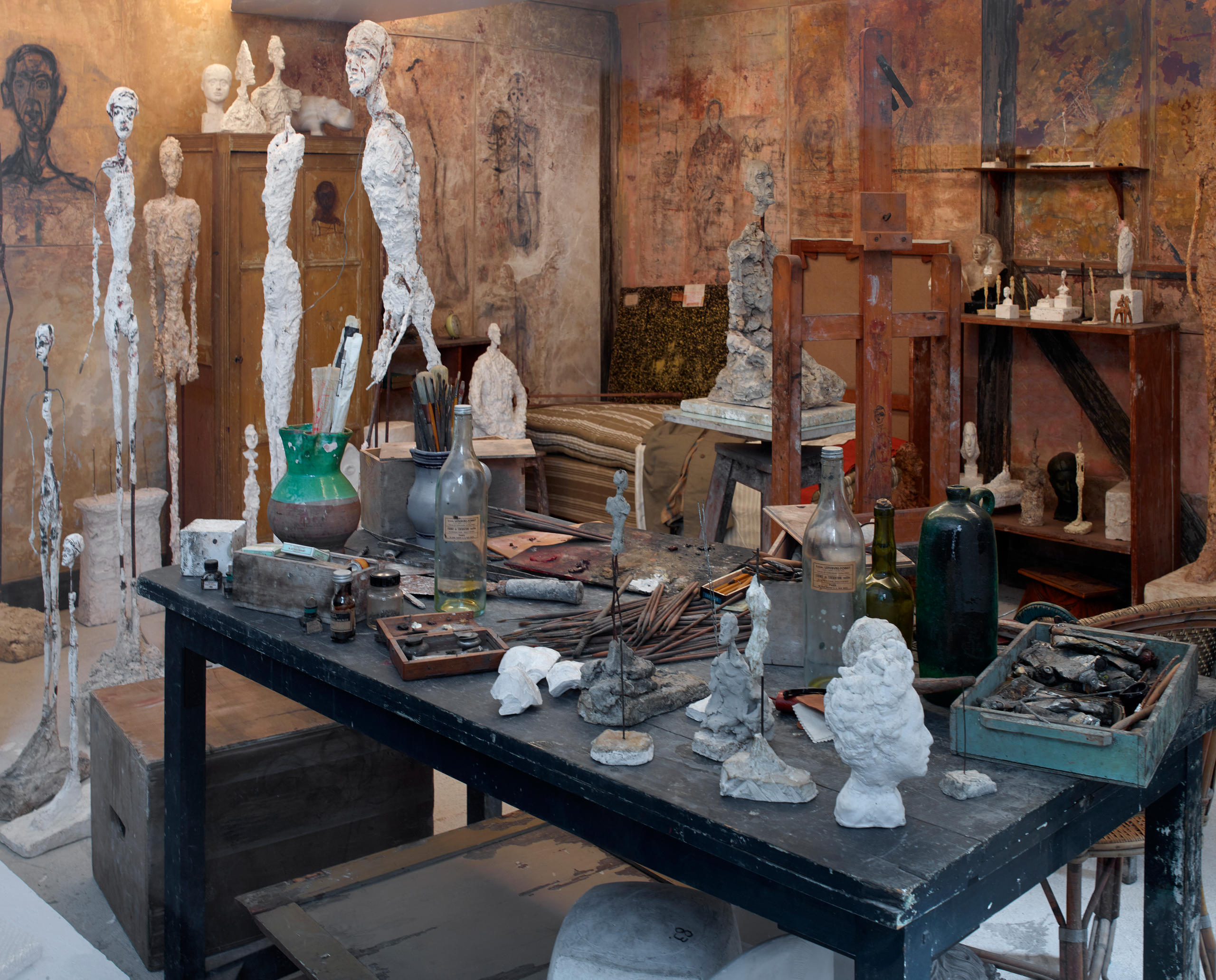

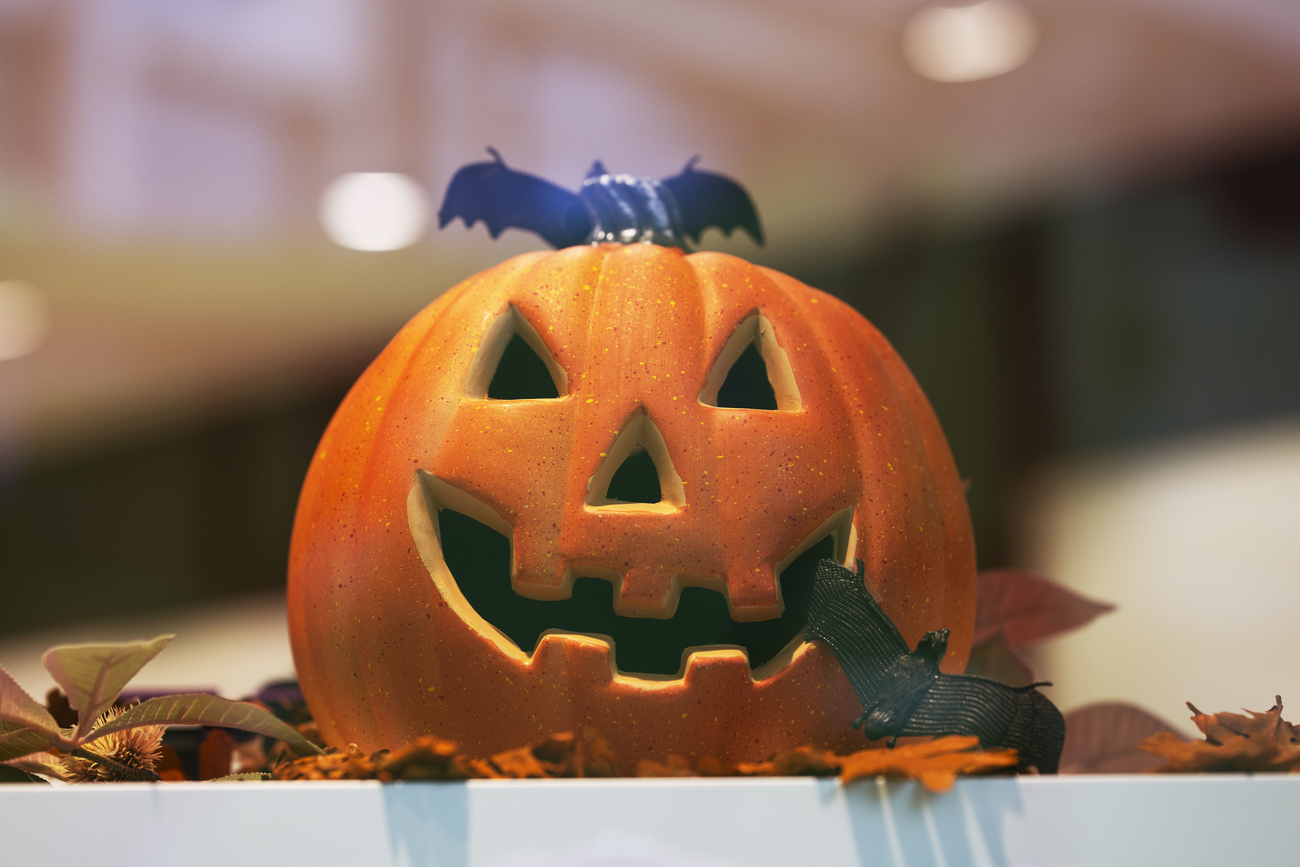
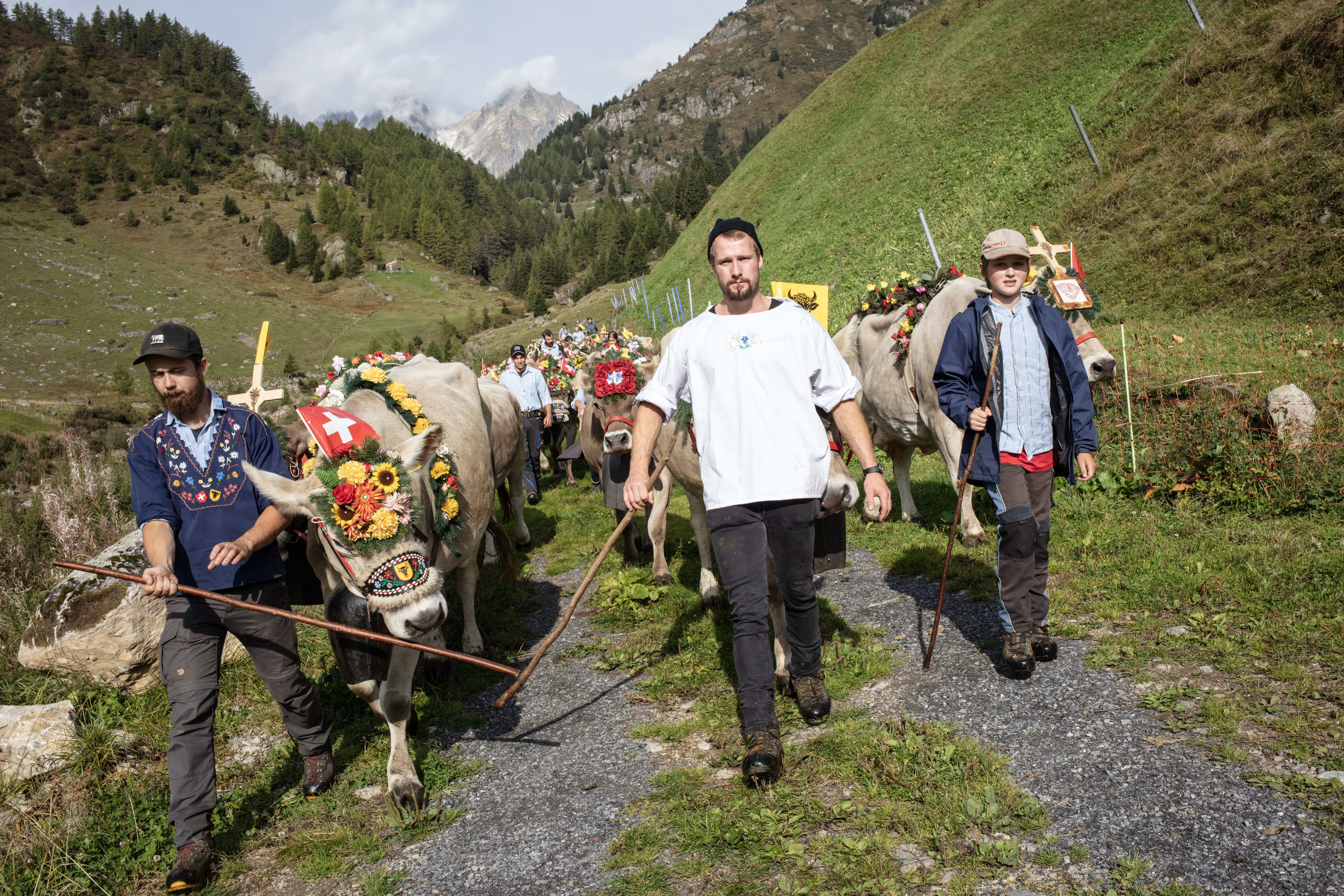


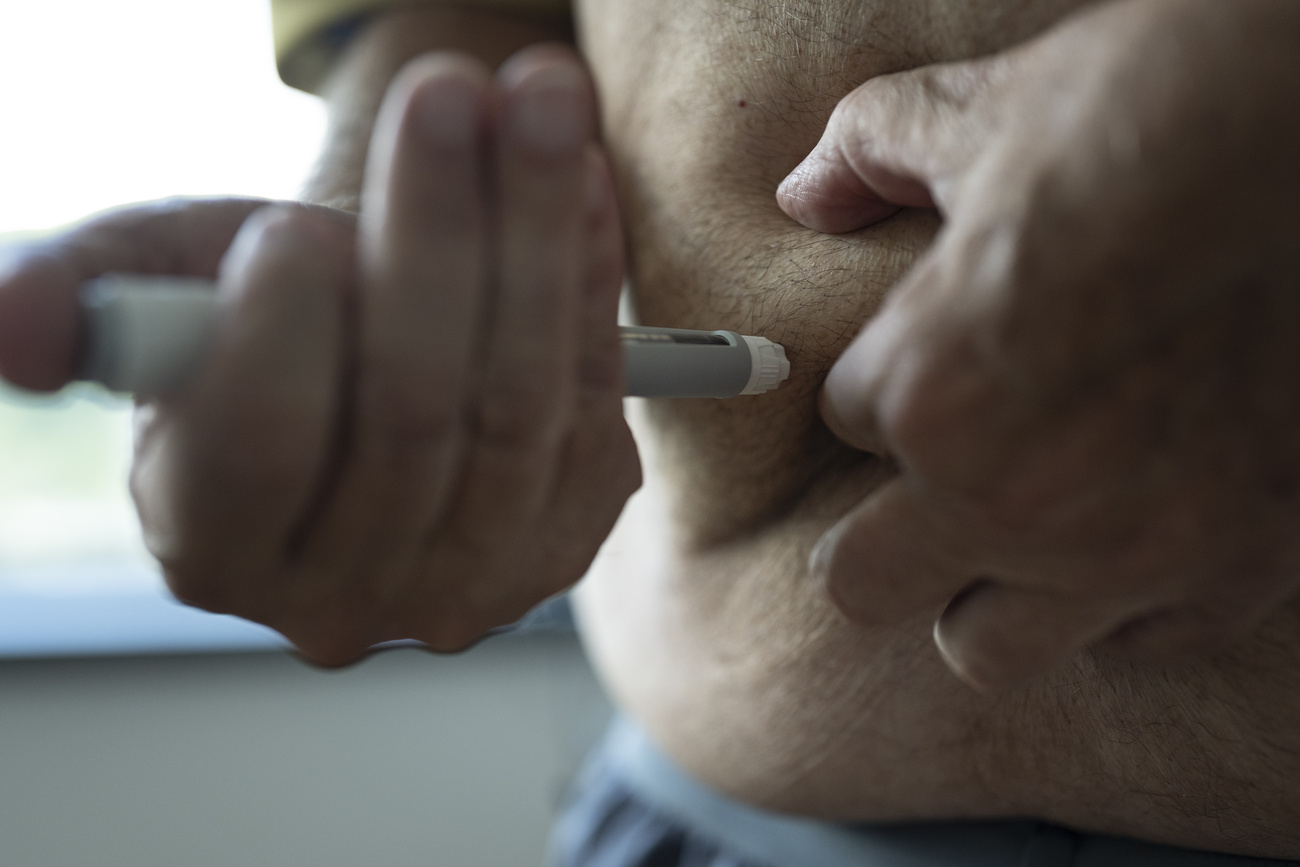





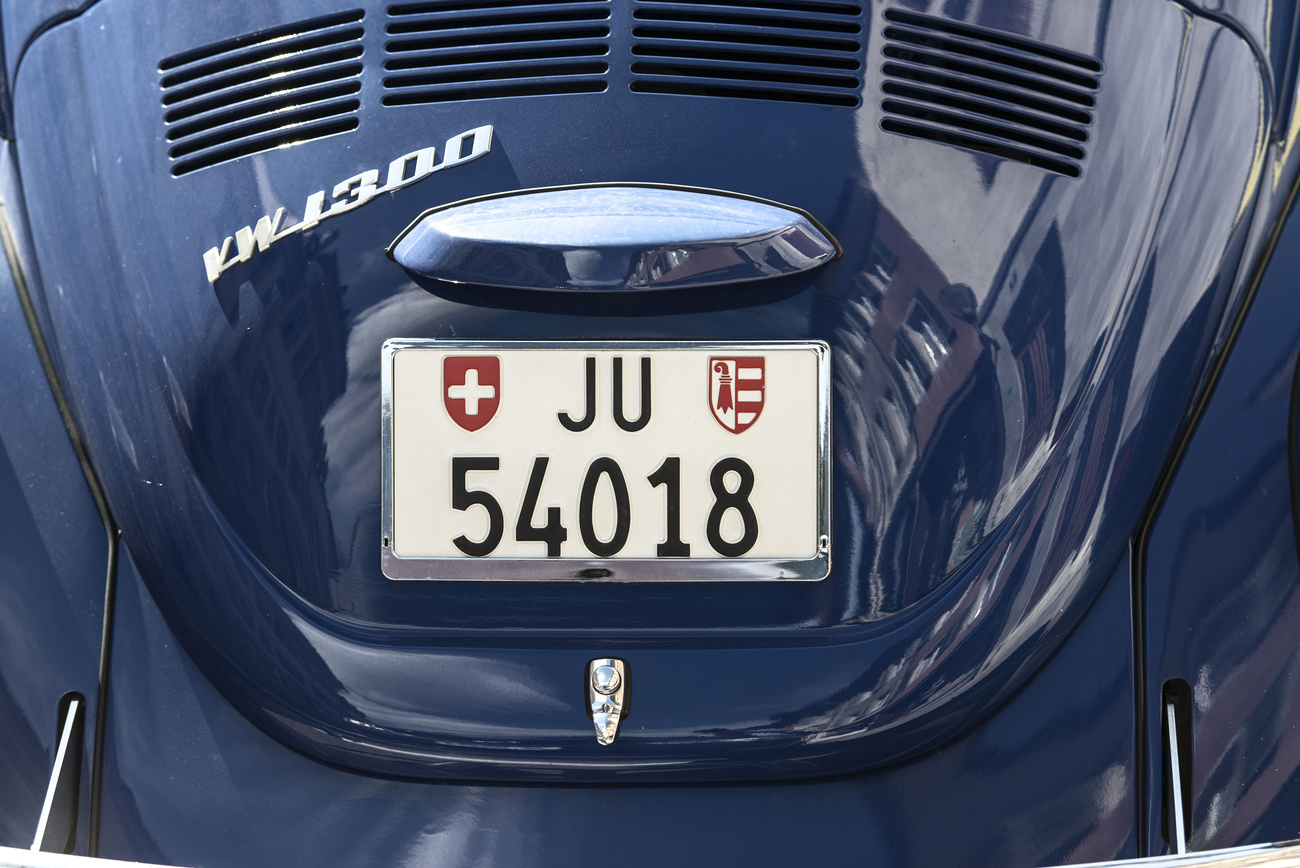
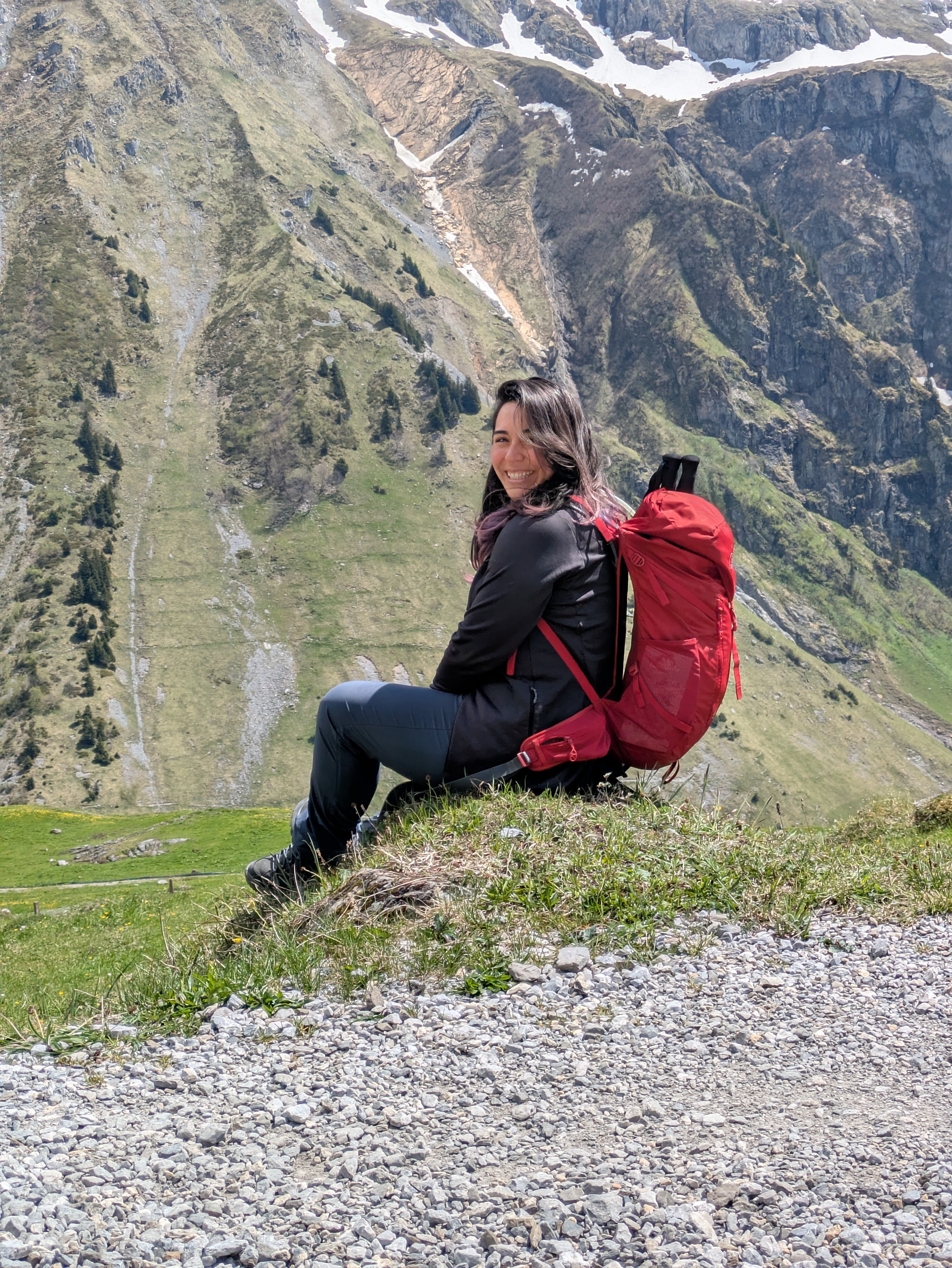

You can find an overview of ongoing debates with our journalists here . Please join us!
If you want to start a conversation about a topic raised in this article or want to report factual errors, email us at english@swissinfo.ch.